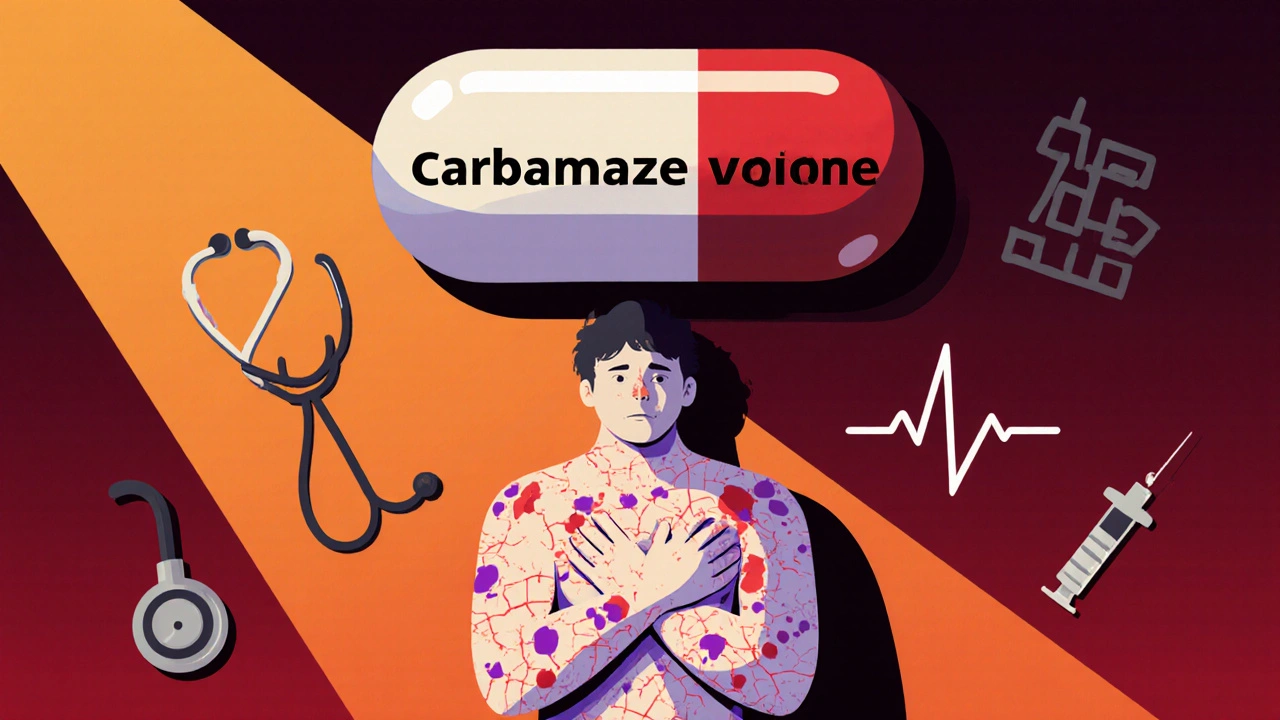Skin Reaction: What Causes It and How Medications Trigger It
When your skin reacts badly after taking a medication, it’s not just an itch—it’s your body sounding an alarm. A skin reaction, an abnormal response of the skin to a drug or chemical exposure. Also known as drug-induced dermatitis, it can range from a mild red patch to life-threatening conditions like Stevens-Johnson Syndrome. These aren’t random glitches. They’re biological responses tied to how your immune system interprets the drug. Some reactions hit fast—within hours. Others hide for days or weeks, making it hard to connect them to what you took.
One major trigger is photosensitivity, an extreme sensitivity to sunlight caused by certain medications. Drugs like tetracycline, NSAIDs, or even some diuretics can make your skin burn or blister under normal sun exposure. You might think you’re just getting a bad sunburn, but it’s your medicine reacting with UV light. Then there’s delayed drug reactions, side effects that appear days or weeks after starting a new pill. These often show up as rashes, hives, or peeling skin and can be mistaken for infections or allergies. Conditions like DRESS syndrome fall here—fever, swollen lymph nodes, and widespread rash that can damage organs if ignored.
Not every skin reaction means you’re allergic. Some are just predictable side effects—like dryness from acne meds or redness from chemotherapy. But unpredictable ones? Those are the ones you can’t ignore. They don’t follow dose patterns. Even a tiny amount can trigger a full-body response. That’s why tracking what you take and when your skin changes matters. If you started a new antibiotic, painkiller, or even a supplement and your skin broke out, that’s a red flag.
What you’ll find in these posts isn’t just a list of symptoms. It’s a practical guide to recognizing what’s happening to your body. You’ll learn which drugs are most likely to cause trouble, how to tell if it’s harmless or dangerous, and what steps to take before it gets worse. Real stories, real cases, and real advice from people who’ve been there. No fluff. Just what you need to protect your skin—and your health.
Stevens-Johnson Syndrome and Toxic Epidermal Necrolysis are rare but deadly drug reactions that cause skin and mucous membrane damage. Learn the warning signs, top triggers, and why genetic testing could save your life.

